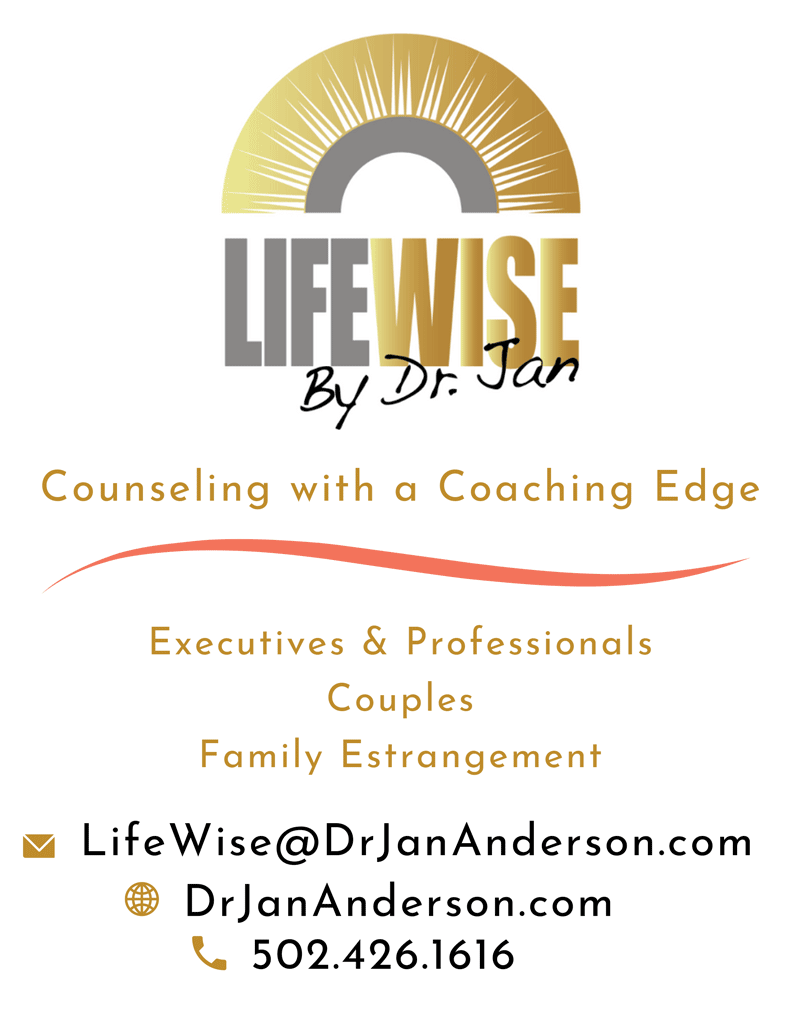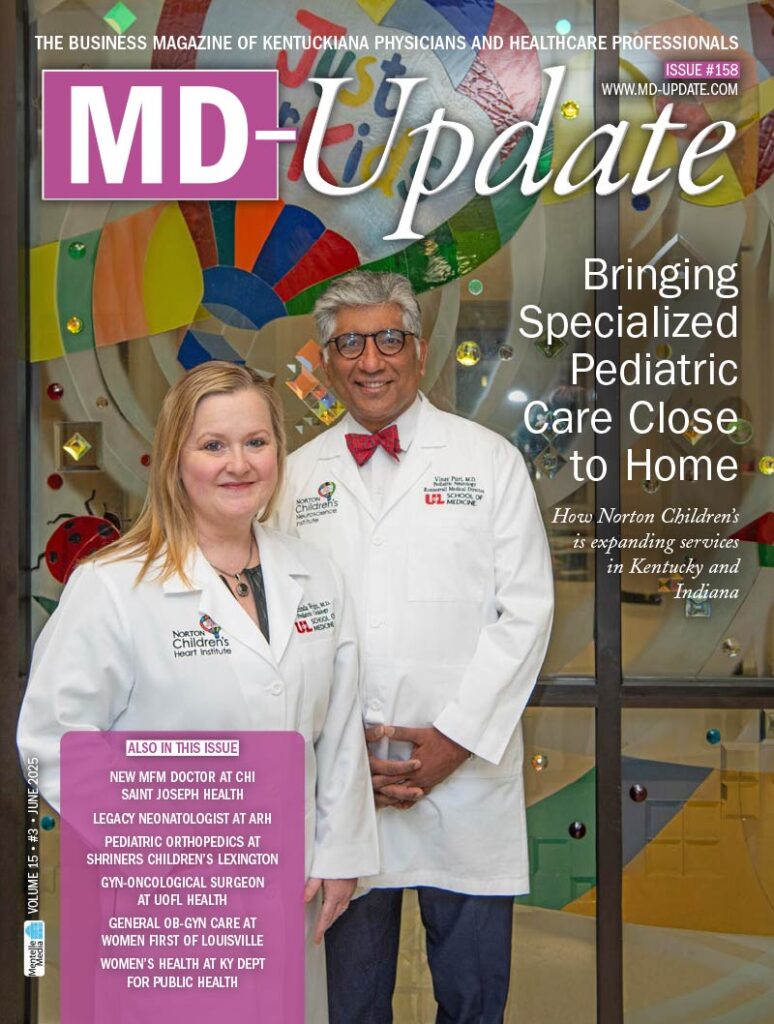How our brain works when faced with a difficult decision
Here’s the thing…
Whenever I hear a client say those words, I don’t have to get out the latest version of the DSM (Diagnostic and Statistical Manual). I already have a pretty good idea of what’s coming
Here’s the thing… is usually code for BAD (Bad-Ass Dilemma).
Dilemmas are soul-sucking problems that seem to defy a satisfactory solution.
We’re not talking about fretting about making a “bad” choice at a new restaurant. It won’t reverberate through the rest of your life with everlasting consequences.
But trying to decide if you should stay in your unhappy marriage for the sake of your children? Staying in a miserable job because of the money? Those are dilemmas. Awful ones.
Dilemmas Are Tough: There Is No Right Answer
How are you supposed to make a good decision when there is no correct choice?
- Do I put myself first this time or be there for them?
- Do I tell my partner about my (fill in the blank), or do I keep it a secret?
- Do I make a bold business/career move or do I play it safe?
There are consequences and the stakes are high:
- What if you can’t repeat your success in that new job or business venture? And your imposter syndrome is exposed?
- If you break up with your partner, how do you know you’ll find someone better? Or find anyone? What if you end up all alone?
- What if your calculated business risk doesn’t work out? And you end up living under a bridge?
On top of that, many dilemmas have an ethical component to them that seriously challenges our values:
- Truth vs. loyalty
- Short-term vs. long-term
- Individual vs. community
- Justice vs. mercy
Here’s why Bad-Ass Dilemmas pack such an emotional wallop:
- You’re forced to make the decision with inadequate information. (Your brain doesn’t like that.)
- The outcome of your decision is uncertain. (Your brain really doesn’t like that.) That’s why I like working with BADs. (Yes, I know. There’s something wrong with me.)
Dilemmas Are Catch-22 Hell Holes
Dilemmas are so difficult because they are double-bind choices. Take the stay-or-go dilemma in an unhappy marriage with kids.
Virtually all researchers and therapists agree that children are better off when their parents stay together — unless the marital strife has become damaging to the children as well.
- Divorce is hard on kids.
- Bad marriages are hard on kids, too
We also know from study after study on divorce that your children have the best chance of turning out okay if you do two things:
- Don’t ask your kid to choose between you and your ex.
- Provide a stable home life
Here’s the thing: You’re supposed to pull off this feat of mature, perfectly-calibrated parenting during what may be one of the most unstable periods of your entire adult life. At the time we most need and want to be strong and supportive of our kids — to be at our best as parents — we are likely to be at our most uncertain, volatile, weak, guilt-ridden, catatonic, or despairing.
You see what I mean.
Dilemmas — life is full of them. And you’re not alone. It’s part of the human condition.
Try a Different Kind of Thinking
There is a way out of a dilemma. It starts
with a paradigm shift.
This is the part of the story where you encounter the crazy wisdom of an eccentric character with odd ideas. Here’s how I stumbled into that role one day as I worked with a parent experiencing a truly awful dilemma: adult-child estrangement.
CLIENT: My adult child has completely cut me off. I’ve been told never to contact them again. If I keep trying and reach out anyway, they say I’m violating their boundaries. But here’s the thing: If I give up and stop reaching out, I’m afraid it only confirms what I’ve been accused of all along: “You weren’t a good parent. You weren’t there for me.” I’m damned if I do and damned if I don’t. So what do I do? Should I give up or should I keep trying?
ME: Give up and keep trying at the same time.
CLIENT (sits in stunned silence): You sound like Yoda. How do you do two opposite things at the same time? Who does that?
ME: Smart, successful people do it all the time. It’s called “both/and thinking.” It’s an alternative to “either/or” thinking and it’s particularly useful with human dilemmas like this, where there is no correct either/or choice.
CLIENT: Sounds woo-woo. Is this stuff for right-brain creative types?
ME: A very clever scientist did it. It happened when he shifted out of either/or thinking and stopped asking if an object was in motion or at rest. He shifted into both/and thinking and started wondering if an object could be both in motion and at rest at the same time. I think his name was Einstein. Your brain has a truly remarkable ability: It can hold two contradictory thoughts at one time and wrestle and play with them and come up with an even better third option. I like to call this third option Door #3.
CLIENT: Now you sound like a game-show host. ME: Come on down!
CLIENT: Actually, it sounds hard.
ME: It can be hard at first. Either/or thinking is the basis of Western science and all the advancements it has brought us. That’s why when you first start doing both/and thinking, it can feel like your head is going to explode.
ME (continuing): Some problems in life truly are either/or, but many dilemmas are the both/and type. So my motto is: When an either/or mindset isn’t working, drop it and shift into a both/and mindset. There are some signs that register in your brain and your behavior that will self-motivate you to change gears.
The Downside of Either/Or Thinking
- Are your options limited to one extreme or the other? Are they both lose/lose?
- Are you stuck? When you feel forced to choose between two lose/lose options, no wonder your brain shuts down and you get seriously stuck.
- Are you over-correcting or under-correcting? An either/or Catch-22 can render you catatonic or drive you manic.
CLIENT: That gives me something to work with. What’s next? How do I get myself to do this paradigm shift once I realize I need to?
ME: Here’s something that may help: You’re already doing it and you don’t even know it.
How to Jumpstart Both/And Thinking
1. Recognize that you’re already doing it.
Know that you already are doing this “integrating of opposites” thing all the time, right in your own body. Just standing upright requires opposing muscle groups in your body to do two opposite things at the same time. The integration of these opposite actions is what allows you to keep your balance.
2. Reframe the problem.
Rather than asking, “Do I pick A or B?” start an internal dialogue like “How can I accommodate both A and B?” Keep playing around with and wrestling with these opposites. Once you’ve identified the two opposite extremes, ask, What am I leaving out? Where am I being extreme? The idea is to keep the internal negotiation going (you may need help with this) until you reach a creative consensus, a third option that is superior to the original two ideas.
3. Don’t compromise.
Don’t get caught in the trap of thinking this is about trade-offs and compromise and stop the process too soon. You’ll end up with another lose/lose proposition that’s unsatisfying and unsatisfactory. You’re not trying to blend your black-and-white, yin-and-yang opposites into a mushy circle of gray. This only truly satisfactory solution will be distinctly yin and yang. Both at the same time.
Both/and thinking is mind blowing and life changing.
If we have only an either/or lens to view the world, we risk missing the point and even doing harm. No wonder this kind of thinking, when applied to the wrong situations, is linked to anxiety and depression.
I’m a big fan of both/and thinking because we need this:
- Less suffering for yourself.
- Less conflict with others.
The beauty of both/and thinking is that it allows natural opposites to co-exist without judgment.
- I want to be with you and I want time alone.
- You hurt my feelings and you love me.
- I love my child/parent/spouse (fill in the blank) and I disapprove of them at the same time.
- I am vulnerable and I am strong.
The best part? Both/and thinking creates balance.
- Mind and body.
- You count. I count, too.
- You can work hard and rest deeply.
- You can be ambitious and not be a jerk.
- You can forgive and seek justice.
- You can be good enough right now, and you can get better.
This is the first part of a series on both/and thinking. Next Up: The Only Way to Move Forward: Accept the Way Things Are as You Push for Change. Check it out on my website at www.DrJanAnderson.com or contact me for a complimentary consultation!







